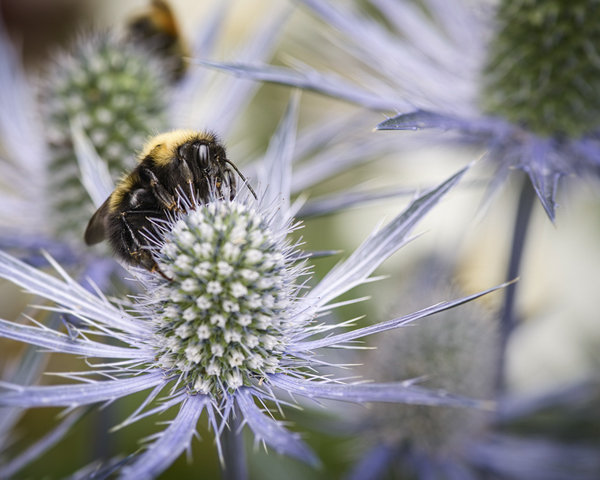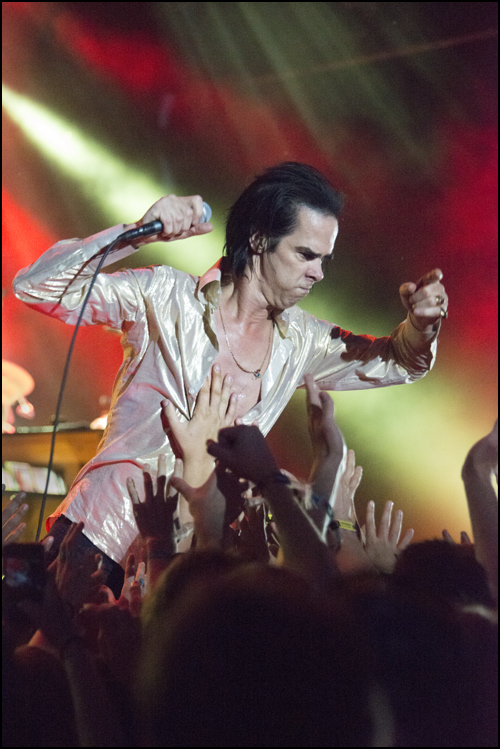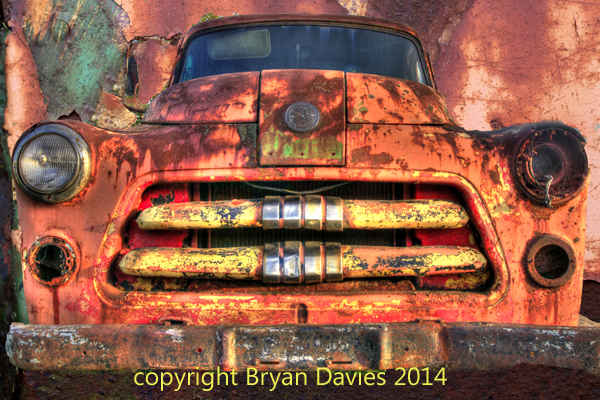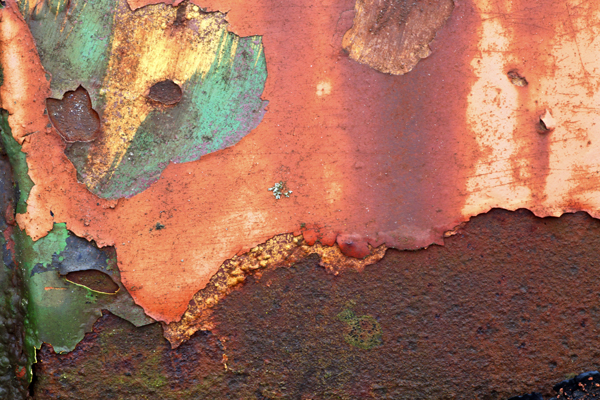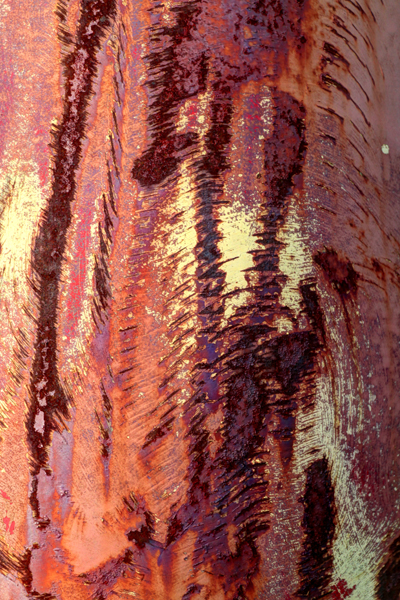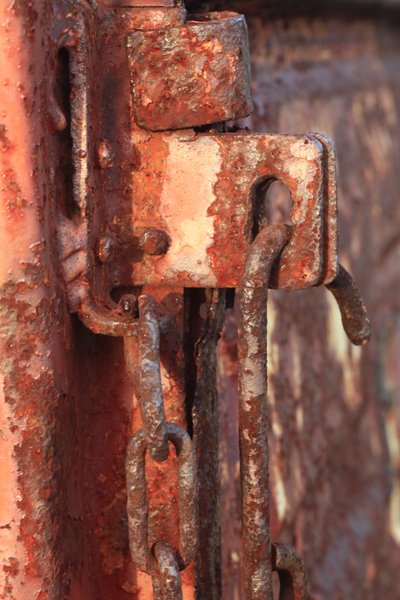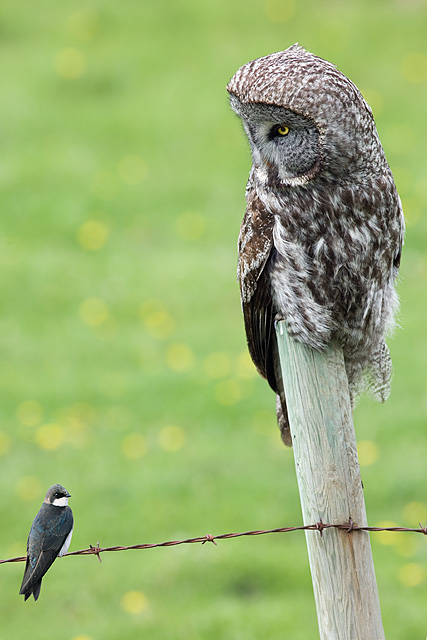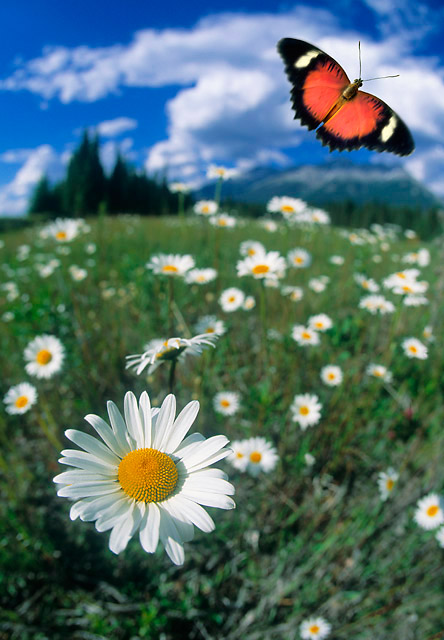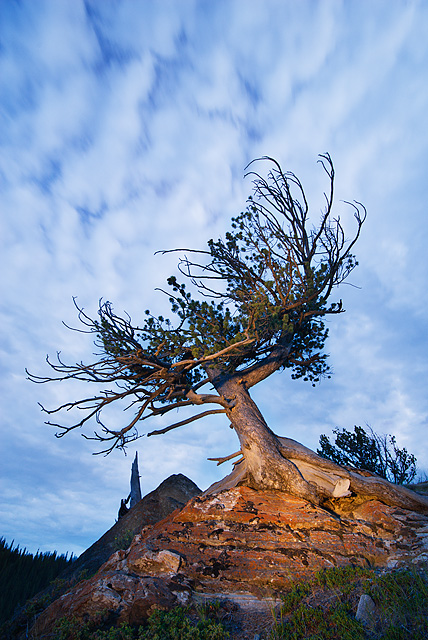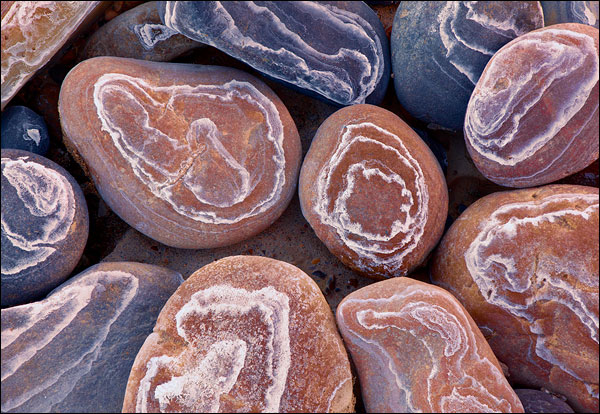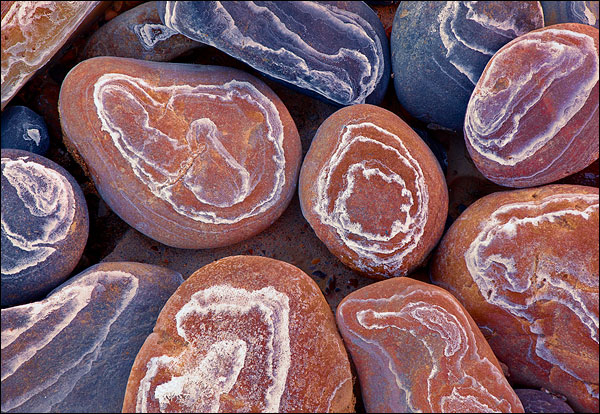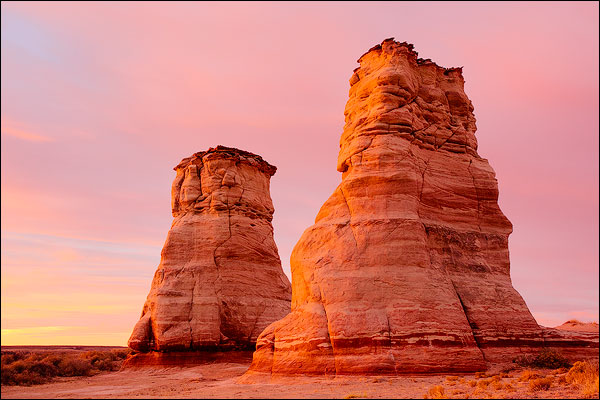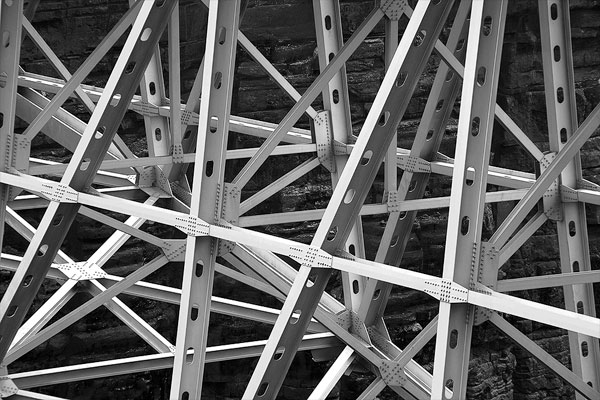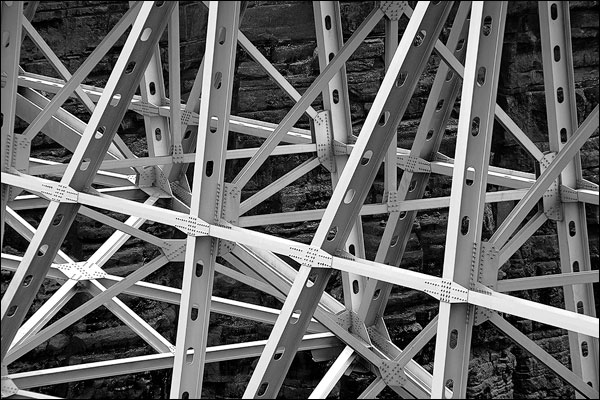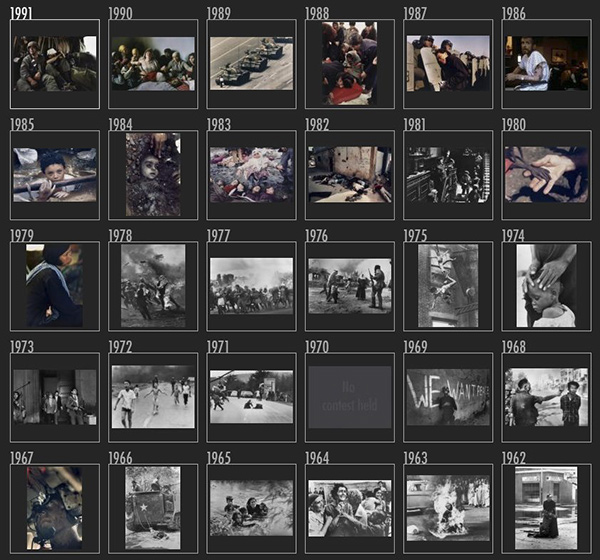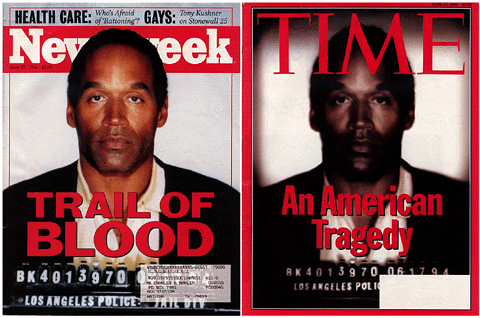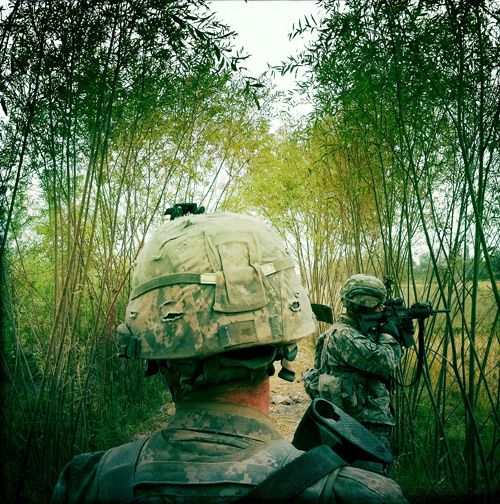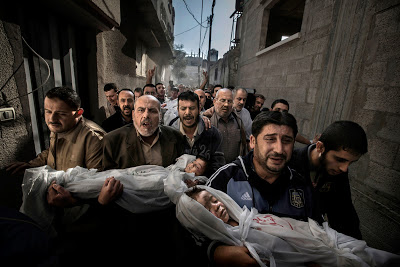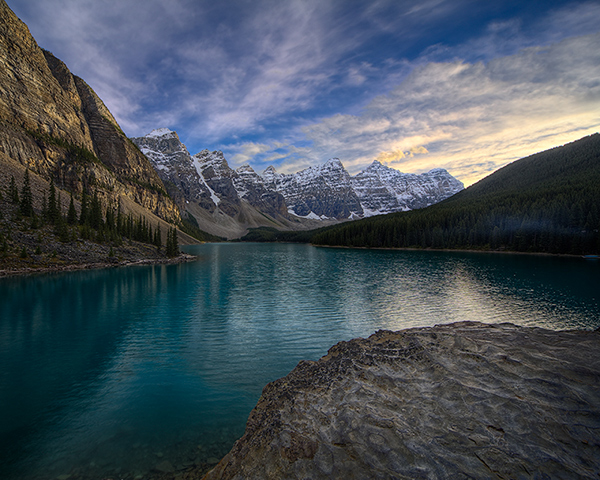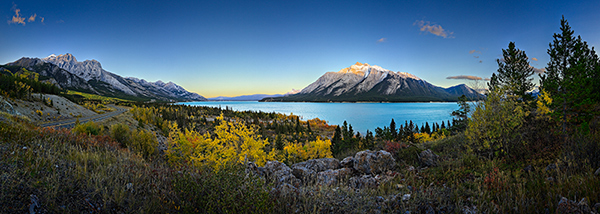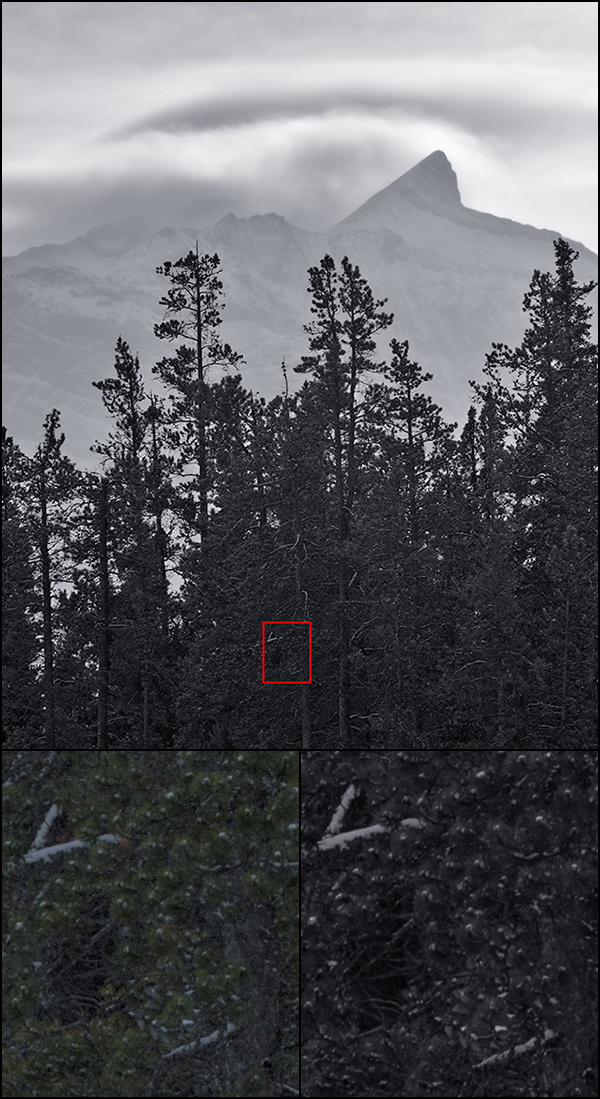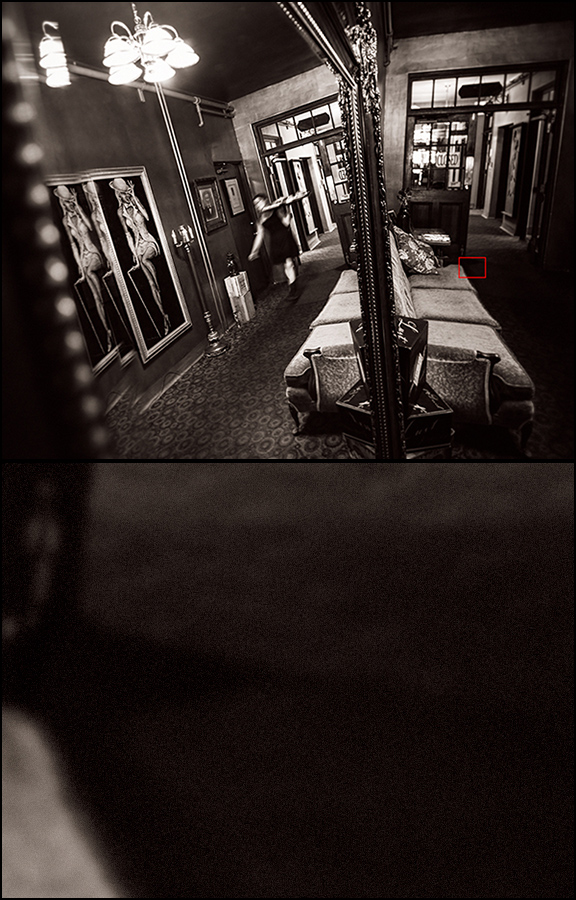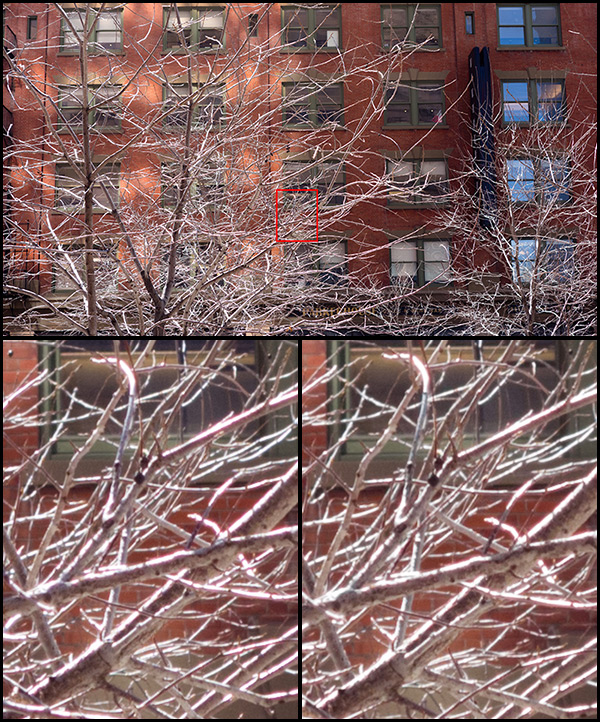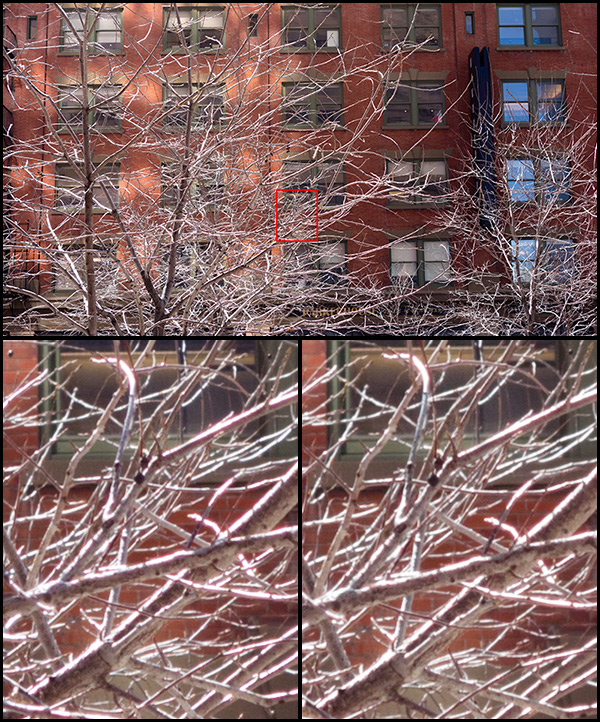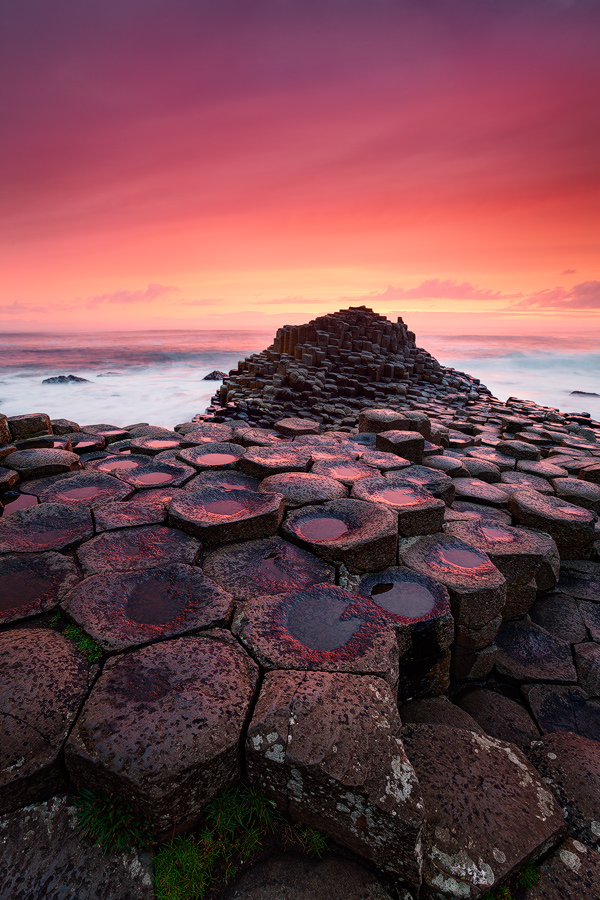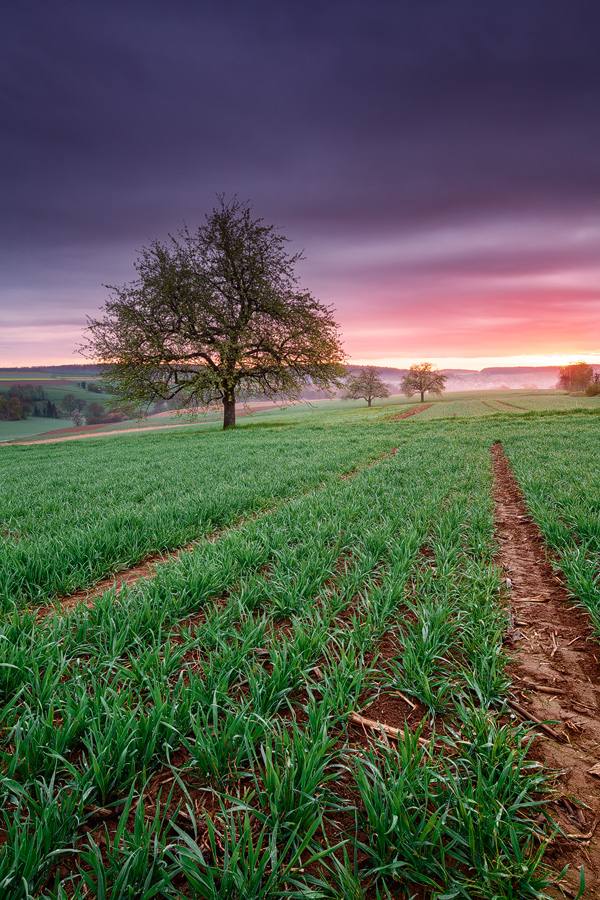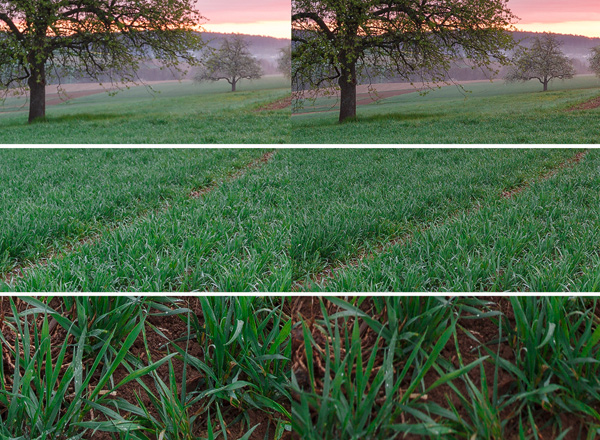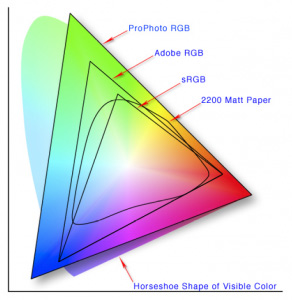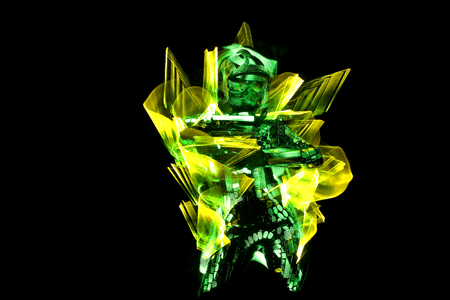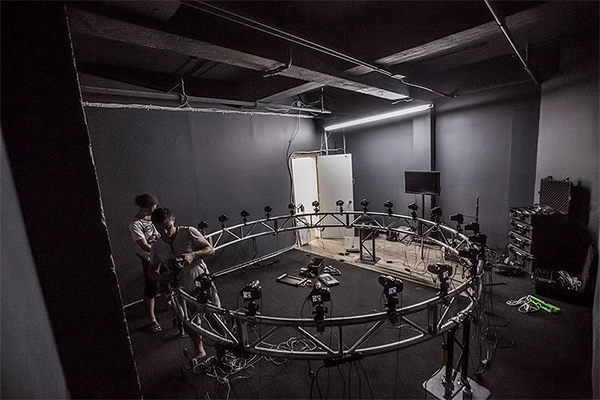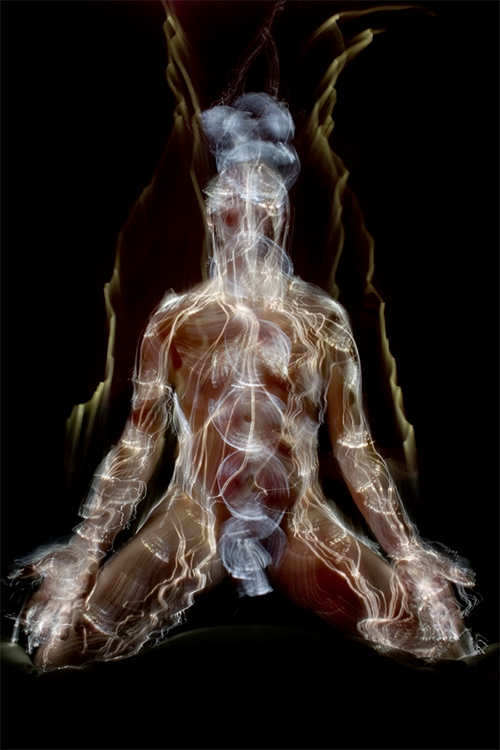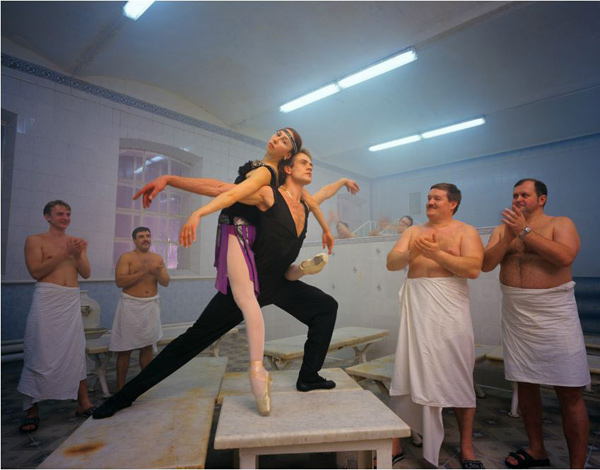Photography podcast #134 features an interview with Toronto, Ontario fine art photographer Bret Culp. During the interview we talk about finding and developing your own photography or shooting style. Bret offers up some practical tips on how to make this process easier.
Feel free to add to the conversation by leaving a comment or sharing/liking this post in some way.
Thanks to The Camera Store (The largest camera store in Calgary, Alberta, Canada) for sponsoring the Photography.ca podcast.
Click the player at the end of this post to listen to (or download) the 30ish minute podcast.
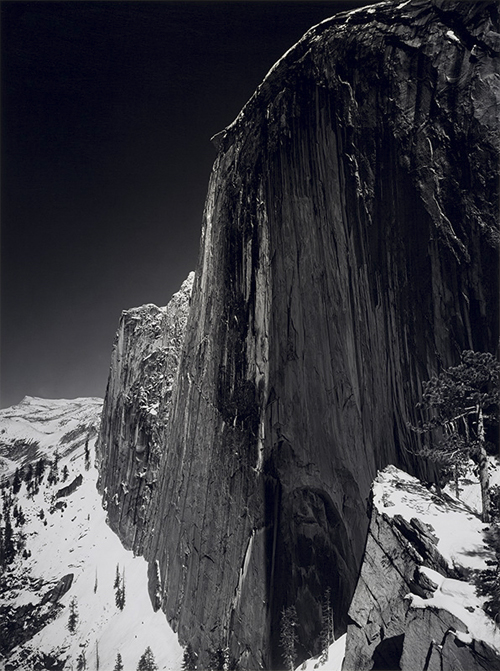
Monolith, The face of Half Dome (1927) by Ansel Adams
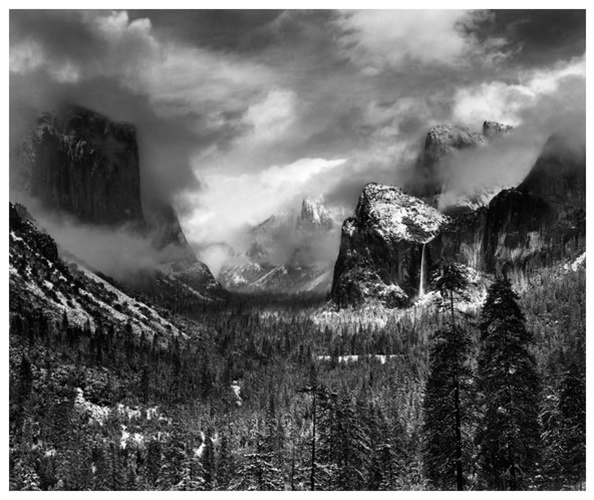
Clearing Winter Storm (1938) by Ansel Adams
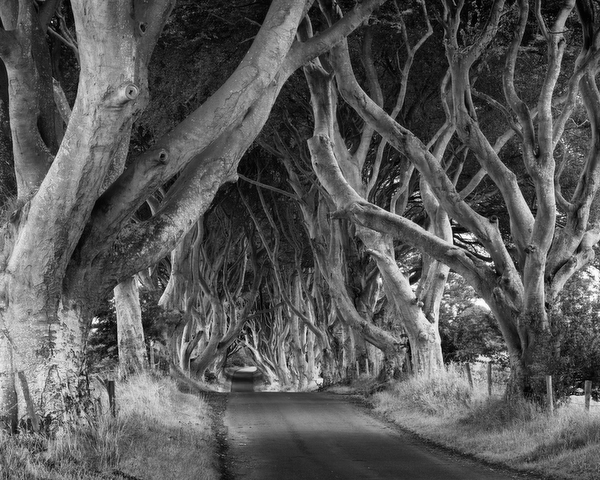
The Dark Hedges, Antrim, Northern Ireland, 2011 by Bret Culp
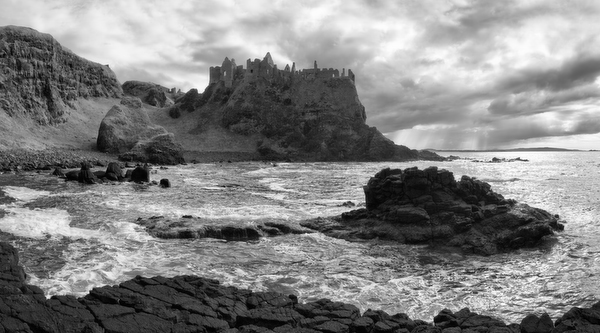
Dunluce Castle, Antrim, Northern Ireland, 2012 by Bret Culp
Bret shares his own Artist Statement on his Irish portfolio just to give listeners/readers an example on how developing an Artist Statement can focus ![]() you.
you.
Irish Portfolio Artist Statement
“The mythic Irish landscape and its people have had a profound impact on one another. The Celts saw the land as a living source of wisdom, beauty and transformative spiritual power. Among the first to believe in the eternal nature of the human spirit they constructed monuments to death, rebirth and the cycles of the seasons and stars. Castles, fortresses and ruins are evidence of untold invasions and conflicts throughout a tumultuous history. These vestiges of the past continue to resonate through the countryside today. Beautifully poignant in the process of decay they tell their own story and possess their own mortality. Nothing that belongs to the earth is ever free from it. The sacred connection between the landscape of Ireland and its people has not disappeared over the centuries.” —Bret Culp
Overall Body Of Work Statement
“The transitory nature of existence binds everything in the material world. Careful observation reveals the beauty within each fleeting moment.” —Bret Culp
Links /resources mentioned in this podcast:
Bret Culp’s Irish Portfolio
Ignore Everybody: and 39 Other Keys to Creativity by Hugh MacLeod
If you liked this podcast and want to review it on Itunes, this link gets you to the main page
Please join the Photography.ca fan page on Facebook
My Facebook profile — Feel free to “friend” me — please just mention Photography.ca
My Twitter page — I will follow you if you follow me — Let’s connect — PLEASE email me and tell me who you are in case I don’t reciprocate because I think you are a spammer.
If you are still lurking on our forum,
feel free to join our friendly ![]() Photography forum
Photography forum
Although ALL comments are appreciated, commenting directly in this blog is preferred. Many thanks to Tim Mackle and Ruth M for their comments from the last podcast. Thanks as well for the emails and welcome to all the new members of the photography.ca forum!
If you are looking at this material on any other site except Photography.ca — Please hop on over to the Photography.ca blog and podcast and get this and other photography info directly from the source. |Subscribe with iTunes|Subscribe via RSS feed |Subscribe for free to the Photography podcast — Photography.ca and get all the posts/podcasts by Email
You can download this photography podcast directly by clicking the preceding link or listen to it almost immediately with the embedded player.
Thanks for listening and keep on shooting!
Podcast: Play in new window | Download
